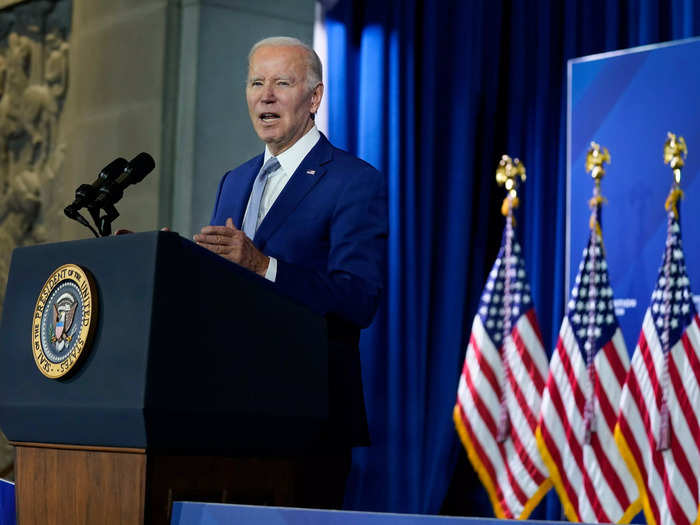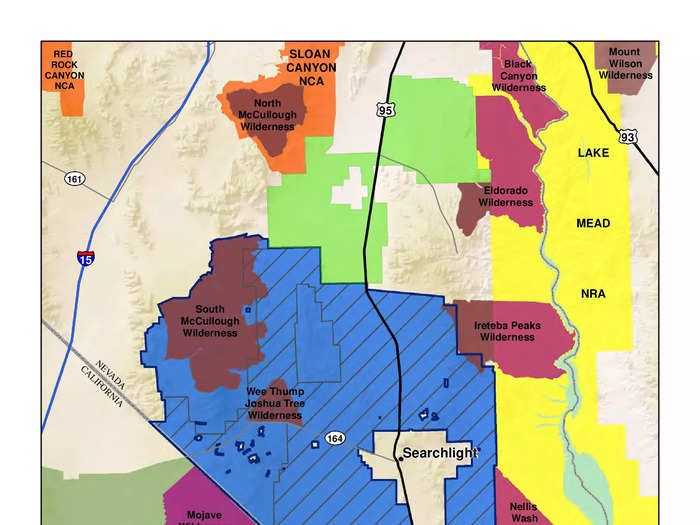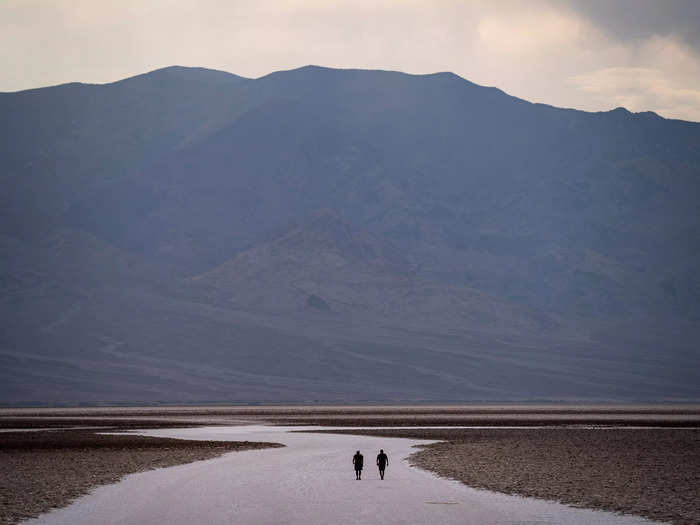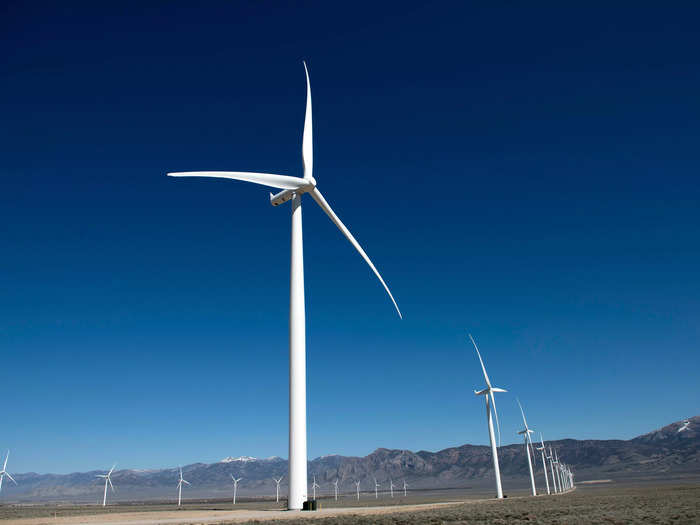Spanning over 500,000 acres in the Mojave desert, the Avi Kwa Ame National Monument is one of the largest pieces of land protected during Biden's presidency.
Honor Avi Kwa Ame
As a home to some of the most biologically diverse sites in the desert, the federally-recognized monument features canyons, natural springs, ancient Joshua trees, and preserved prehistoric rock art.
Source: CNN, Honor Avi Kwa Ame
Within the desert are the Dead Mountains on the southern border, which also hold sacred importance and reflect "traditional cosmogony, delineate religious events, embody religious figures, and define burial places."
Petroglyphs drawn south of Spirit Mountain in Nevada. Penny Rogers Photography/Getty Images
The federal recognition follows decades of organizing from the Fort Mojave Indian Tribe, who reside predominantly on a reservation outside of the monument.
Mountain Range in Mojave Desert, southern Nevada and California. John Locher/AP
Since the 1990s, the Fort Mojave Indian Tribe (FMIT) has worked to secure protections for Spirit Mountain and other spiritually significant pieces of nature in the Mojave Desert.
Source: CNN
The decision for the monument, however, has sparked conversation about clean energy development in Nevada.
Alasdair Turner/Getty
Critics and corporations argue that the limitations set forth by the Bureau of Land Management and Department of the Interior only further complicate clean climate goals. In a public statement, Nevada governor Joe Lombardo claimed "the federal confiscation of 506,814 acres of Nevada land is a historic mistake that will cost Nevadans for generations to come."
Source: SFGate
In response, both the Bureau of Land Management and the Department of the Interior said they are working to delegate millions of acres for wind turbines and solar panels, identifying nearly 25 million acres of federal land eligible for alternative energy.
Secretary of the Interior Deb Haaland at the White House Conservation in Action Summit at the U.S. Department of the Interior. Kevin Dietsch/Getty
"They can both protect an area while also walking towards an energy future that gets us to our climate goals," said Ashley Hemmers, tribal administration for Fort Mojave.
Source: CNN






